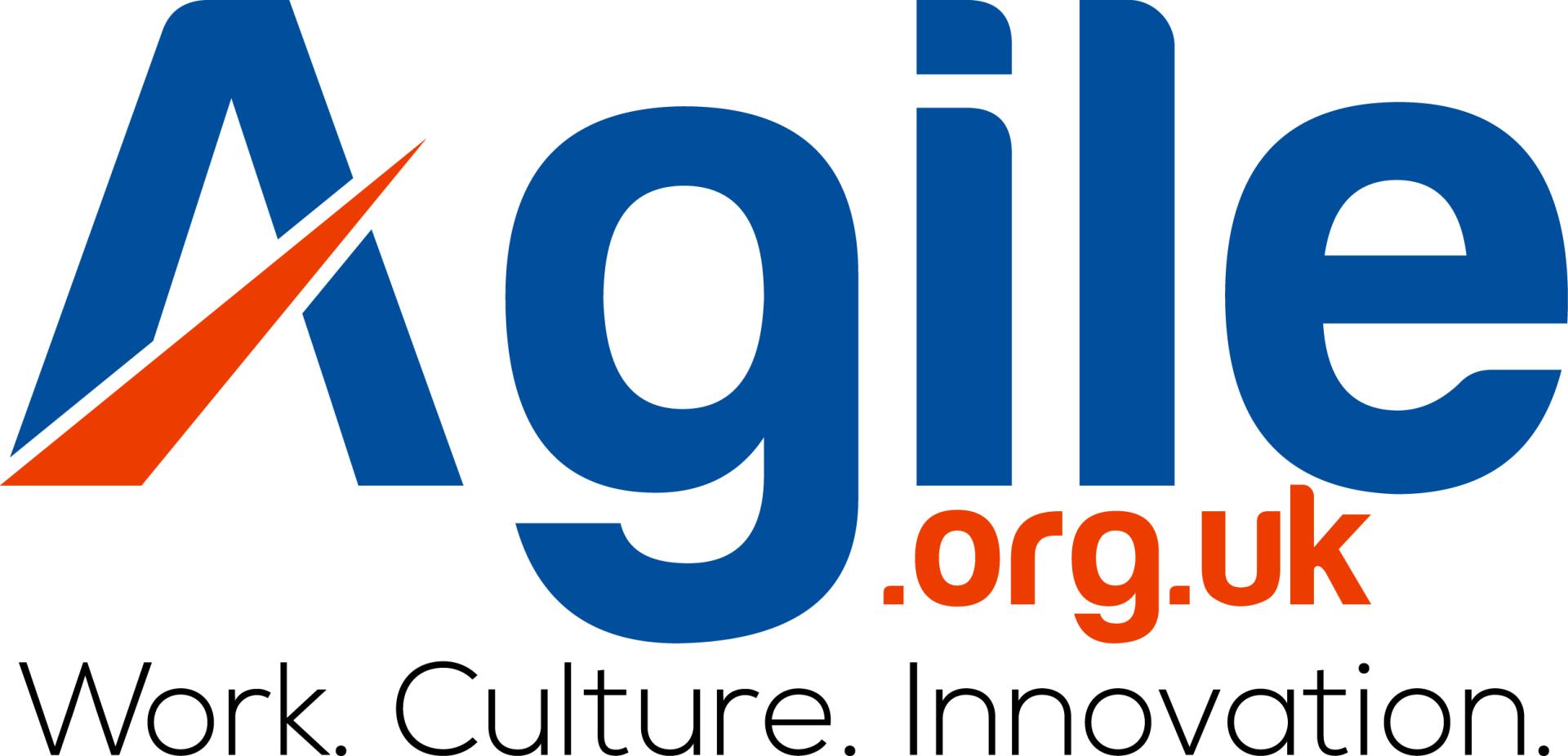In the ever-evolving real estate landscape, staying attuned to market trends and property demand is crucial for the success of construction projects. With shifting consumer preferences, economic conditions, and regulatory changes, aligning construction endeavors with current market dynamics is essential to maximize profitability and mitigate risks. Let’s delve into the importance of this alignment and explore strategies for ensuring that construction projects meet the demands of the market.
Understanding Market Trends
Market trends encompass a wide array of factors that influence property demand, including demographic shifts, lifestyle preferences, and economic indicators. By analyzing data on housing supply and demand, rental yields, population growth, and consumer behavior, developers can gain valuable insights into emerging trends and anticipate future market demand.
Conducting Market Research
Effective market research serves as the foundation for aligning construction projects with property demand. Developers and investors can leverage quantitative and qualitative data analysis techniques to assess market dynamics, identify lucrative opportunities, and understand the preferences of target buyers or tenants. This research may involve studying demographic profiles, conducting surveys, analyzing competitor activity, and evaluating macroeconomic indicators.
Identifying Profitable Property Opportunities
Armed with comprehensive market research, developers can pinpoint profitable property opportunities with the assistance of quantity surveyors from Mitchell McDermott that align with current market trends. Whether it’s identifying underserved market segments, targeting emerging neighborhoods, or capitalizing on niche housing preferences, the ability to recognize lucrative opportunities is key to successful project development. By focusing on areas with high demand and limited supply, developers can position their projects for success in competitive markets.
Adapting Construction Plans
Flexibility is paramount when it comes to adapting construction plans to meet evolving market demands. Developers must be willing to adjust project designs, features, and amenities based on feedback from market research and changing consumer preferences. Whether it’s incorporating sustainable building practices, integrating smart home technology, or offering flexible floor plans, adapting construction plans ensures that projects remain relevant and appealing to prospective buyers or tenants.
Engaging Quantity Surveyors
Quantity surveyors play a vital role in aligning construction projects with property demand by providing valuable cost management and procurement advice. Their expertise in assessing project feasibility, budgeting, and value engineering helps developers optimize construction budgets and maximize returns on investment. By collaborating with quantity surveyors from reputable firms like Mitchell McDermott, developers can navigate complex construction challenges with confidence and precision.
Ensuring Market Responsiveness
Successful construction projects are those that demonstrate responsiveness to market dynamics throughout the development process. From project conception to completion, developers must remain agile and proactive in adjusting strategies and plans to reflect changing market conditions. By maintaining open communication channels with stakeholders, monitoring market trends, and embracing innovation, developers can ensure that their projects remain competitive and meet the evolving demands of the market.
Agile Tip
Implement a feedback loop early in the development phase. Engage with potential buyers or tenants through surveys or focus groups to gather insights on their preferences and expectations. Use this feedback to iterate on your project plans swiftly. Be prepared to pivot or make adjustments to your designs to cater to emerging trends or demands. This approach not only helps in aligning with current market needs but also positions your project as responsive and customer-centric, which can be a distinct competitive advantage. By fostering this agility, you can reduce the risk of market misalignment and enhance the project’s relevance and appeal, leading to better market traction upon completion.
Conclusion
In a rapidly changing real estate landscape, aligning construction projects with property demand is essential for achieving success and maximizing returns on investment. By conducting thorough market research, identifying profitable opportunities, and adapting construction plans accordingly, developers can position their projects to thrive in dynamic market environments. Collaboration with experienced professionals further enhances the likelihood of project success by providing valuable insights and expertise. Ultimately, by staying attuned to market trends and responding effectively to shifting demand, developers can create properties that resonate with buyers and tenants, driving long-term value and profitability.













